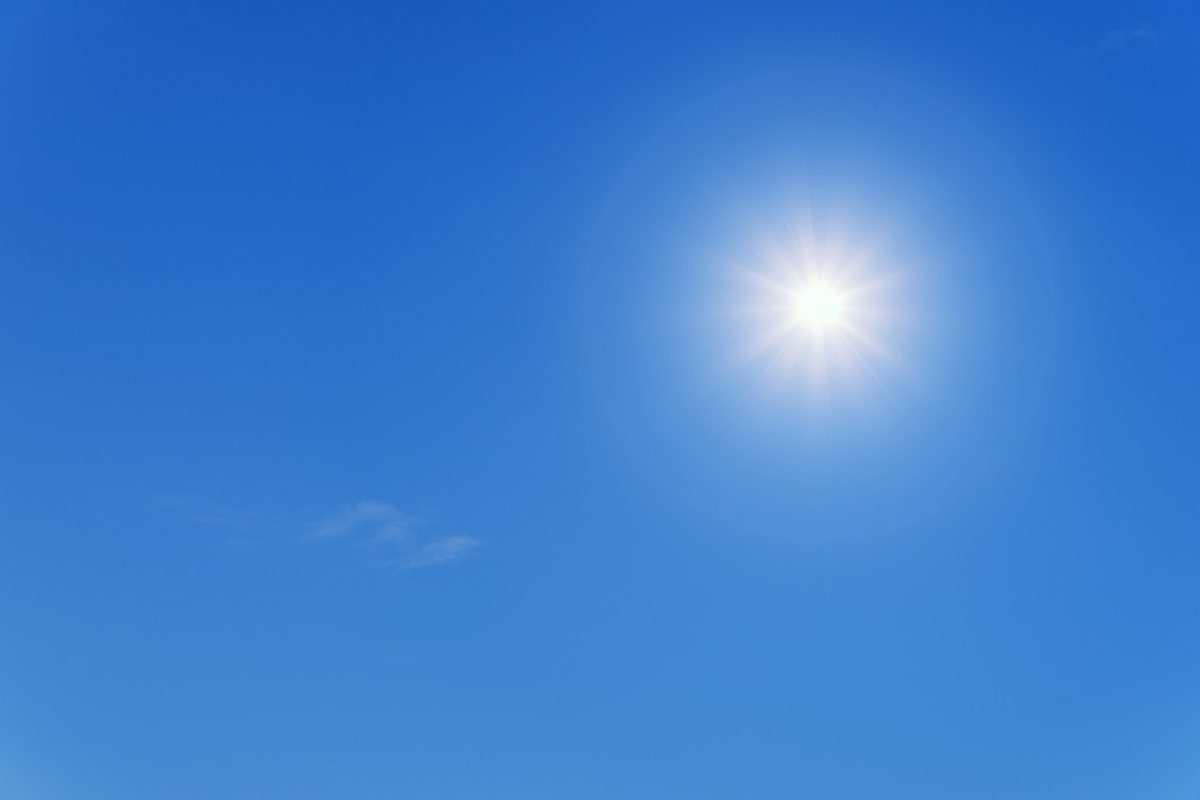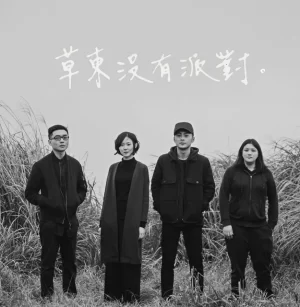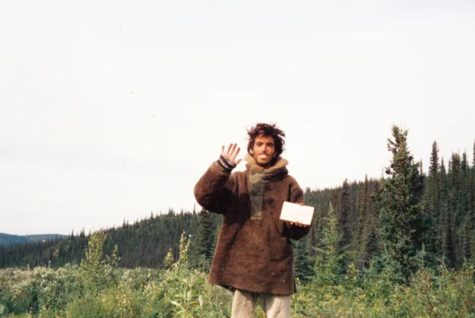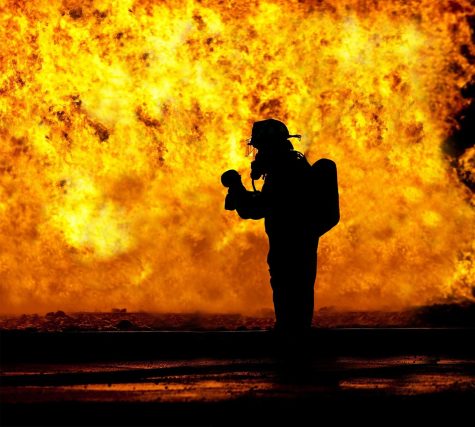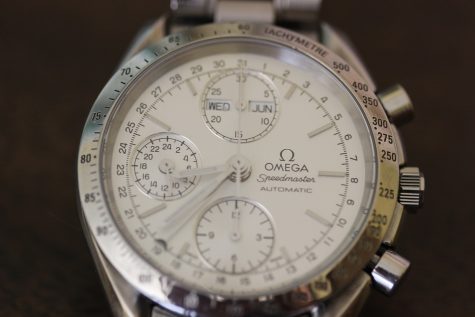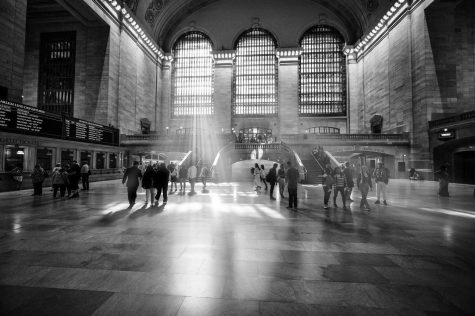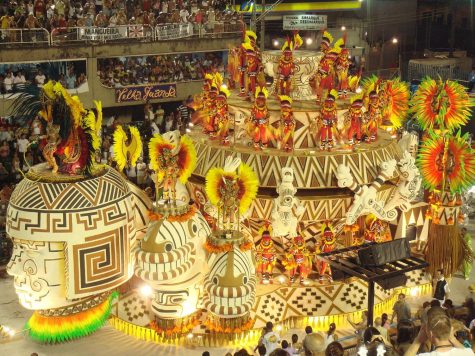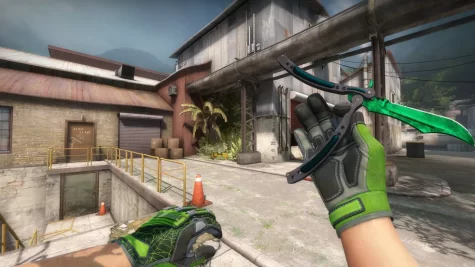History Of the Camera
March 30, 2023
1800s: In 1888, the first camera introduced to the marketplace was the Kodak No. 1 Camera. This camera’s dimensions were 100 mm x 84 mm x 176 mm, and the film roll used to capture the images was 2.5 inches in diameter and 2.75 inches in width. This camera, on average, cost $25 if you got it in 1888, which is about $787.29 in today’s money.
1900s: During 1900, Kodak was still going strong and released the first new camera series of the 20th century, the Brownie. They were cheaply made and cost $1 in 1900, equivalent to about $35.62 today. The photos would be printed on 2.25-inch squares.
1950s: In the 1950s, the most popular camera brand was still Kodak, but more and more brands had entered the market. The other brand that had many releases in the 50s is Dacora. This brand sold many cameras that had just as good quality as other brands like Kodak.
Current: The most popular camera brand currently is Canon, taking up almost half of the camera sales. Sony has the most sold camera, the Sony a7 IV costing around $2,500.
Statistics: Camera sales in 2022 were 45.8% canon, 27% Sony, 11.3% Nikon, 5.9% Fujifilm, 4.4% Panasonic, and 5.4% other less popular brands.
Technological Advances Since the 1800s
1830s: The cameras in the early 1800s consisted of a silver-coated copper plate exposed to light and used chemicals to bring out the image. The outside of the camera was usually wood because it was easy to get, cheap, sturdy, and looked good.
1880s: The cameras in the late 1800s were almost always Kodak cameras or cameras you built on your own. The outside of these cameras was made of leatherette-covered card boxes. The outside build was mainly the same as earlier models, but the inside of the camera was more advanced and high quality. It had one roll of film that could fit 100 pictures which were a first in the camera world.
1900s: The cameras in the early 1900s were still mostly Kodak cameras. Kodak had just released their camera series called the brownie, which was cheap at only $1 ($35.62 in today’s money). It used a convex-concave lens that took 2.25 square inch pictures on No. 117 roll film.
1920s: Wood camera bodies are starting to become a thing of the past, as metal is the better option. People wanted their cameras to be compact, which meant they were foldable.
1950’s: The Nikon F camera was the most advanced camera of the ’50s, released in 1959. This camera took advanced technology from other cameras and put it into one. It had an interchangeable lens mount, electrical motor drive, multiple viewfinders, flash attachments, a variety of timed exposures, and so much more. This was the most high-tech camera of the ’50s.
1970s: In the 1970s, Nikon continued to be the brand used by many photographers. The newer advanced version of the Nikon F was released, the Nikon F2. Not only was the technology improved, but so was the design. The camera was built with higher quality and more robust materials. No battery was needed, and it had a higher shutter speed, a larger reflex mirror, a detachable motor drive, and much more. Another less critical feature was there were two color options instead of one.
2000’s: In the 2000’s Nikon and Canon were both top contenders in the camera market. In the mid-2000s, the Nikon D50 was released. It had a 6-megapixel sensor, suitable for the time because the pictures took up less room in the memory card and printed higher-quality images. It is a great camera to carry around due to its lightweight and fast response time. The camera the Nikon D50 was competing against at the time was the Canon Rebel XT. This camera had two more megapixels, allowing even higher quality pictures than the Nikon D50. Although the quality was great, there were also many complaints. Some of the negatives were the camera size being awkwardly small and challenging to hold. Along with this, the price was higher than the Nikon D50.
Current: Although Canon owns most of the camera market, Sony arguably has the highest-quality camera to this day, the Sony A1. Aimed at professional photographers who do photography for a living, it may be worth the $6500 price. The price of the camera matches the quality and features of the camera. In reality, this camera has hundreds of features, but these are the most important ones:
- Weather sealed camera body.
- Human face/eye autofocus detection, animal body/eye autofocus detection and an autofocus meant specifically for birds.
- Records in 8k 30p or 4k 120p
- Weighs 26.00 oz. (With battery) a height of 96.4mm, a width of 128.9mm and a diameter of 69.7mm.
- The image quality settings are RAW (Compressed / Lossless Compressed / Uncompressed), JPEG (Extra fine / Fine / Standard / Light), HEIF (4:2:0 / 4:2:2) (Extra fine / Fine / Standard / Light)
For more information I would recommend clicking this link: https://dustinabbott.net/2021/04/sony-alpha-1-ilce-1-review/
Resources:
https://www.photographytalk.com/history-of-photography-timeline-from-start-to-present-day
https://dustinabbott.net/2021/04/sony-alpha-1-ilce-1-review/






